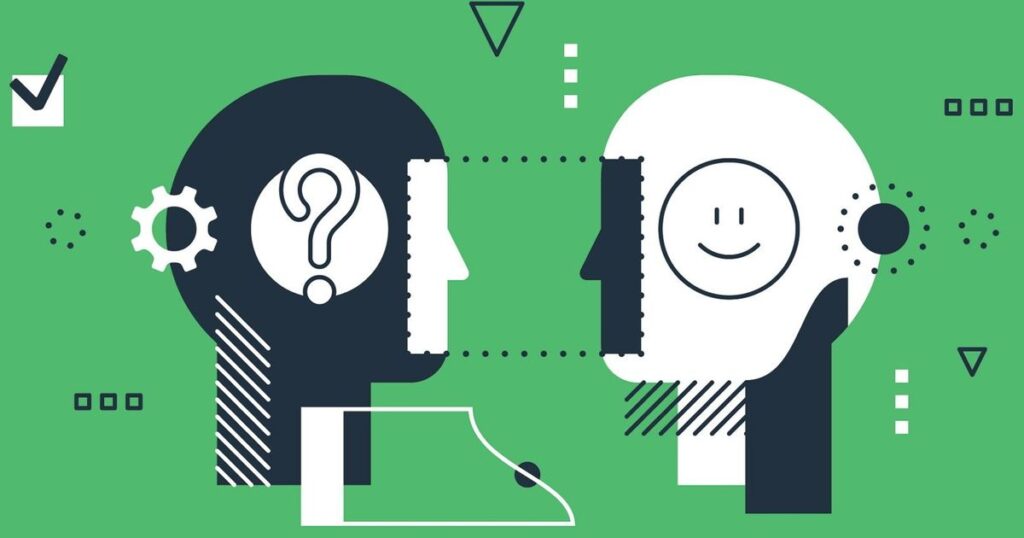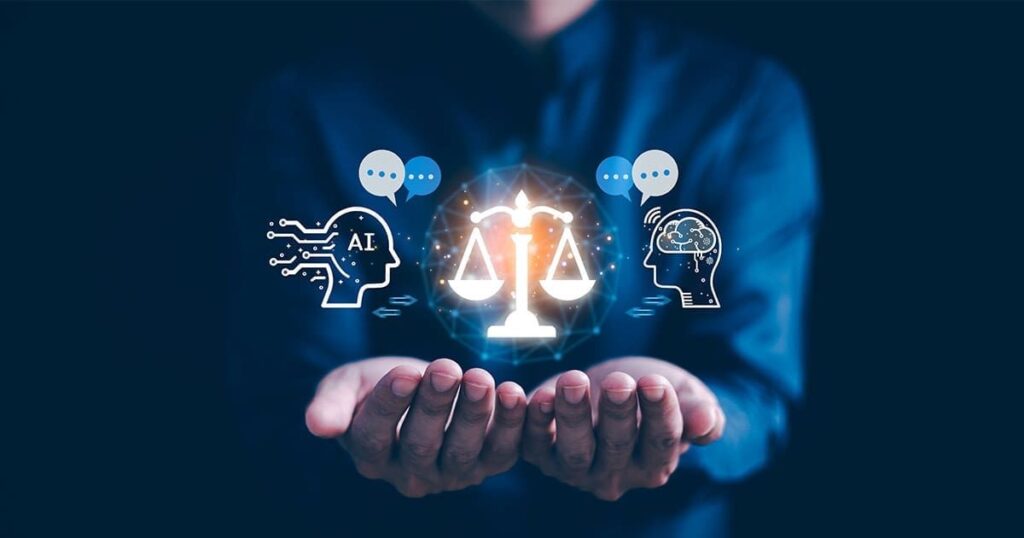The rise of artificial intelligence (AI) has revolutionized many industries. It is used to make decisions, automate processes, and even analyze large sets of data. However, there is a concern about bias in AI models.
The bias can lead to unfair and inaccurate results, which can affect various sectors like healthcare, finance, and criminal justice. Detecting and mitigating bias is crucial for building trustworthy AI systems. This article will explore various methods to detect bias in AI testing, ensuring fairness and accuracy.
What is Bias in AI?
- The term bias in AI refers to the skewed behavior of algorithms.
- It can occur when the training data is unbalanced or when human programmers introduce their own biases into the system.
- The consequences of bias are significant as they can lead to discrimination and incorrect predictions.
Why is Detecting Bias Important?
- The detection of bias is necessary to ensure fairness.
- It prevents discriminatory practices and promotes equality.
- For companies, bias-free AI models build trust and credibility.
The Role of Data in AI Bias
- The data used to train AI models plays a crucial role.
- If the data is not representative of the entire population, the AI will be biased.
- It is essential to collect diverse and inclusive datasets.
What Causes Bias in AI Models?
- The reasons for bias in AI can be diverse
- Data Bias: When the training data is not diverse enough.
- Algorithmic Bias: When the algorithms have built-in flaws.
- Label Bias: Introduced by the people labeling the data.
Types of Bias in AI
- Systematic Bias: When the bias occurs consistently in a system.
- Sample Bias: Happens when the sample used for training is not representative.
- Prejudice Bias: Results from stereotypes present in the data.
How to Detect Bias in AI?

- There are various approaches to detecting bias in AI.
- Analyze datasets to check for diversity.
- Implement fairness metrics to evaluate the performance of AI models across different groups.
Methods for Detecting Bias in AI Testing
- Data Examination: Review the dataset to ensure there is no over-representation or under-representation.
- Fairness Metrics: Use metrics like demographic parity, equal opportunity, and predictive parity.
- AI Audits: Regularly audit the AI system’s outputs to detect any signs of bias.
Fairness Metrics for Bias Detection
- Demographic Parity: Compares outcomes across different demographic groups.
- Equal Opportunity: Measures the model’s true positive rates for each group.
- Predictive Parity: Ensures consistent accuracy across all groups.
Using Explainable AI for Bias Detection
- Explainable AI (XAI) helps in understanding how an AI model makes its decisions.
- It can identify areas where the model might be biased.
- Transparency in AI models is important for detecting and mitigating bias.
The Role of Ethical Guidelines in Bias Detection
- Ethical guidelines set standards for fairness and transparency.
- Companies should adhere to these guidelines to ensure unbiased AI.
- Regular updates to ethical guidelines can help in catching new forms of bias.
Best Practices To Prevent Bias in AI
- Diverse Teams: Involve people from different backgrounds in the AI development process.
- Inclusive Datasets: Ensure the datasets reflect the diversity of real-world scenarios.
- Regular Testing: Implement continuous monitoring to catch biases early.
Challenges in Detecting AI Bias

- Complexity of AI Systems: Some biases are difficult to detect because of complex algorithms.
- Data Availability: Limited access to comprehensive data sets can lead to bias.
- Changing Social Norms: What is considered fair today may change, leading to new biases.
Addressing Bias with Data Preprocessing Techniques
The process of detecting bias begins at the data collection stage. It is important to clean and preprocess the data to remove any inconsistencies.
Techniques like rebalancing data sets and removing outliers can help in creating a more unbiased model. The use of synthetic data can also be effective in scenarios where certain demographics are underrepresented.
The Importance Of Continuous Monitoring
Bias detection is not a one-time process. It requires continuous monitoring. AI systems should be regularly checked for performance, and any discrepancies should be addressed immediately.
By implementing regular checks, companies can ensure that their models remain fair and accurate over time.
The Impact of Biased AI Models on Society
The impact of biased AI models can be far-reaching. It can lead to discrimination in hiring practices, biased loan approvals, and unfair judicial rulings.
These scenarios highlight the importance of detecting and addressing bias before deploying AI systems in real-world applications.
Future Developments in Bias Detection

As AI continues to evolve, new methods of bias detection are being developed. Researchers are working on more sophisticated algorithms to detect subtle biases. Machine learning models are also being designed to self-correct when they detect bias.
Frequently Asked Questions
What are the Three sources of biases in AI?
The three main sources of biases in AI are data bias, algorithmic bias, and label bias. Data bias happens when the training data is not diverse.
How to detect bias in AI?
Detecting bias in AI can be achieved through data examination, fairness metrics, and regular AI audits. Companies should evaluate the performance of the model on various demographic groups and ensure that it is consistent across all sections.
How many types of bias are there?
There are several types of bias in AI, including systematic bias, sample bias, prejudice bias, and algorithmic bias. Each type can affect the performance and fairness of an AI system differently, and it is important to understand them to address the problem effectively.
How do you improve bias in AI?
Improving bias in AI involves using diverse datasets, implementing fairness metrics, and conducting regular audits. Developers should also follow ethical guidelines and continuously update their models to reflect changes in real-world scenarios.
Conclusion
The detection of bias in AI testing is crucial for creating fair, accurate, and ethical systems. It is not just about checking the data but also about ensuring that the algorithms are designed to avoid inherent biases.
By using various techniques like fairness metrics, continuous monitoring, and explainable AI, companies can work towards eliminating bias. Ethical practices and diverse teams also play a vital role in ensuring that AI serves everyone equally.










